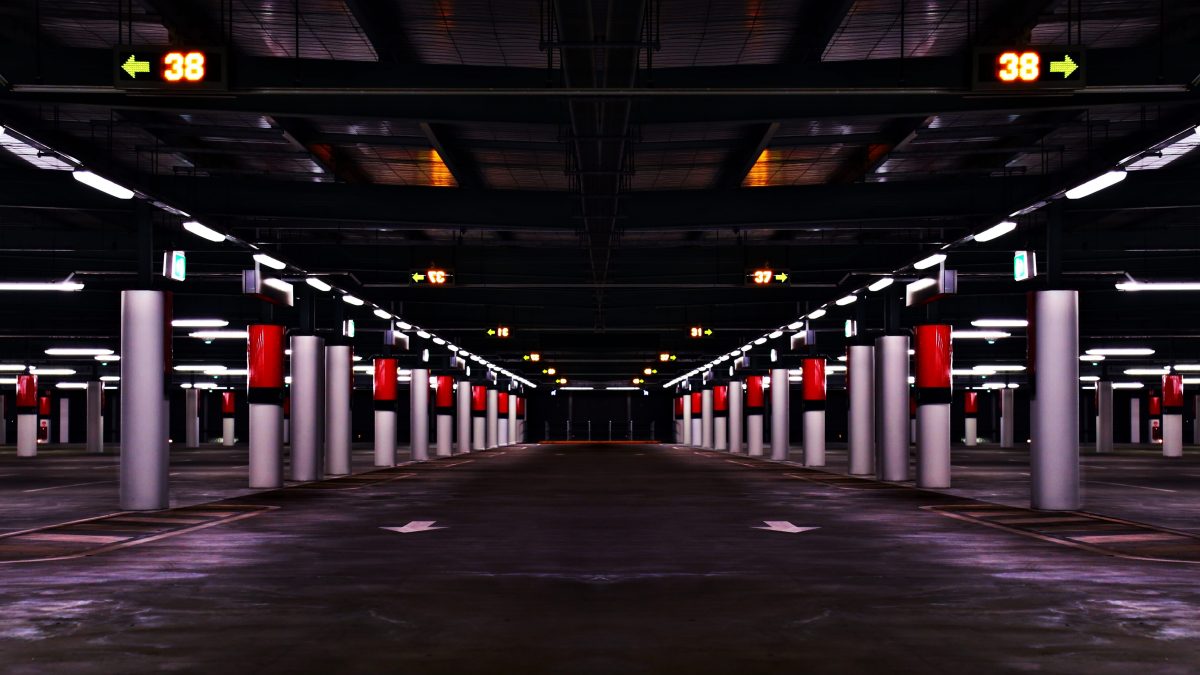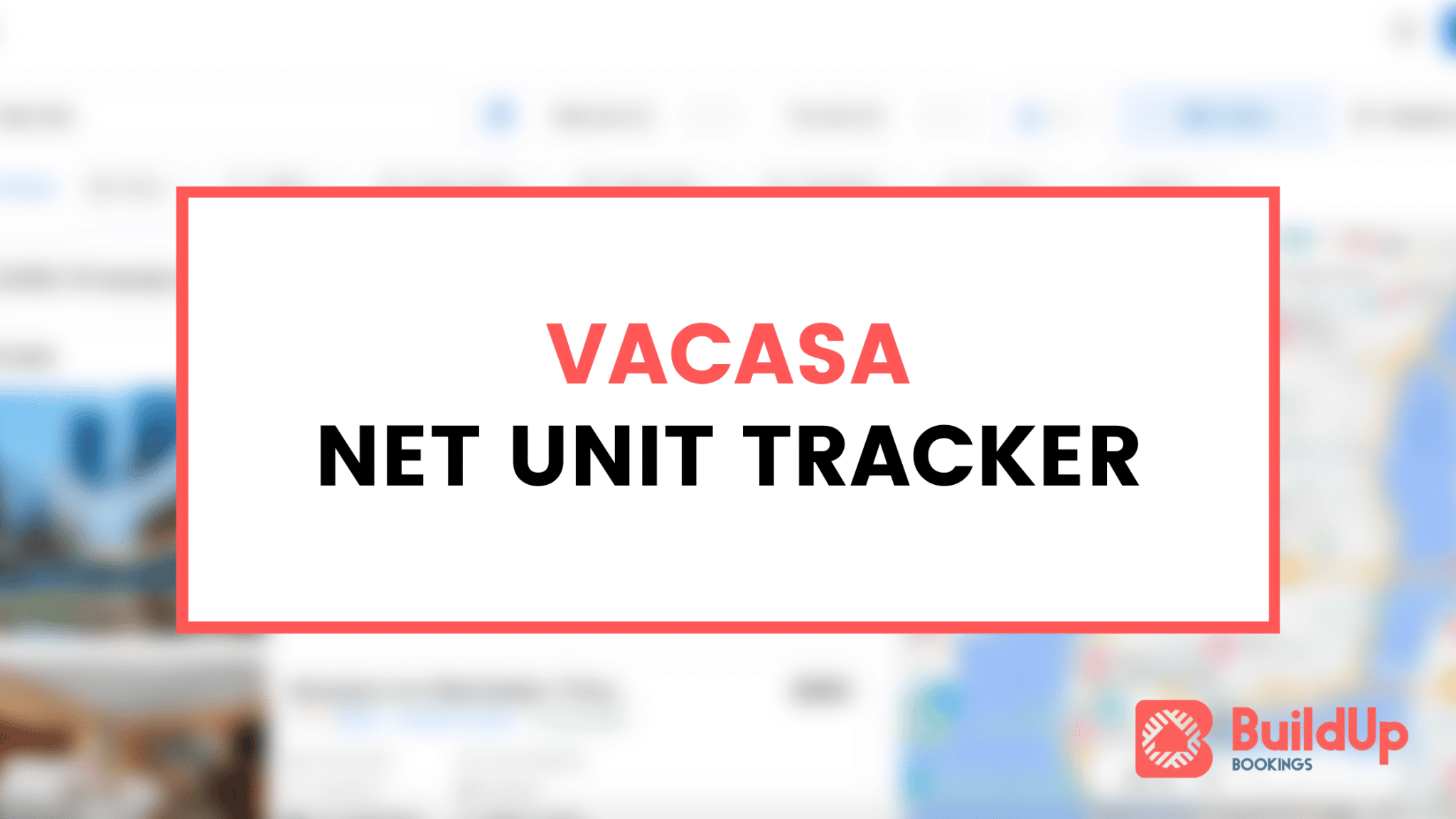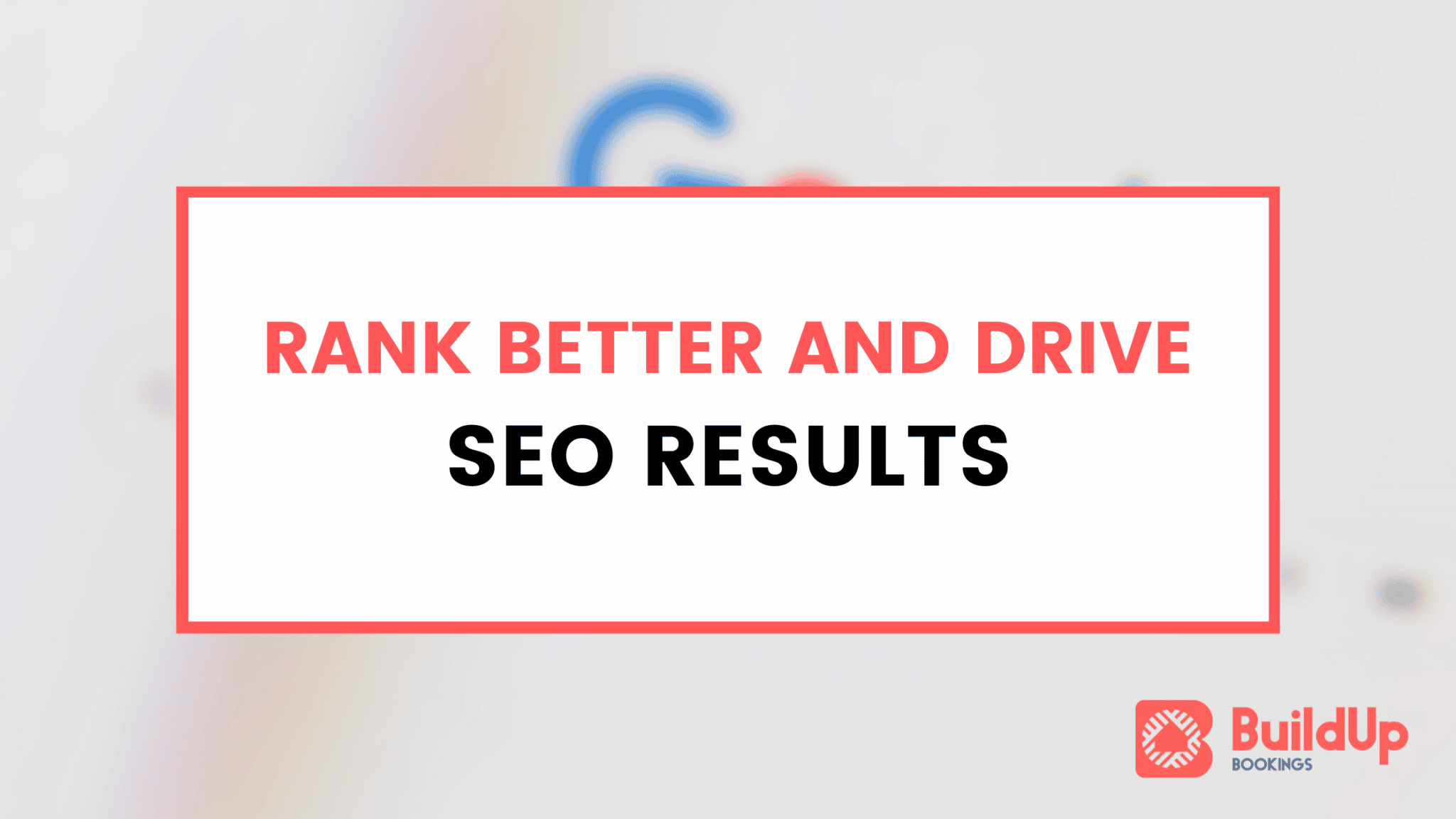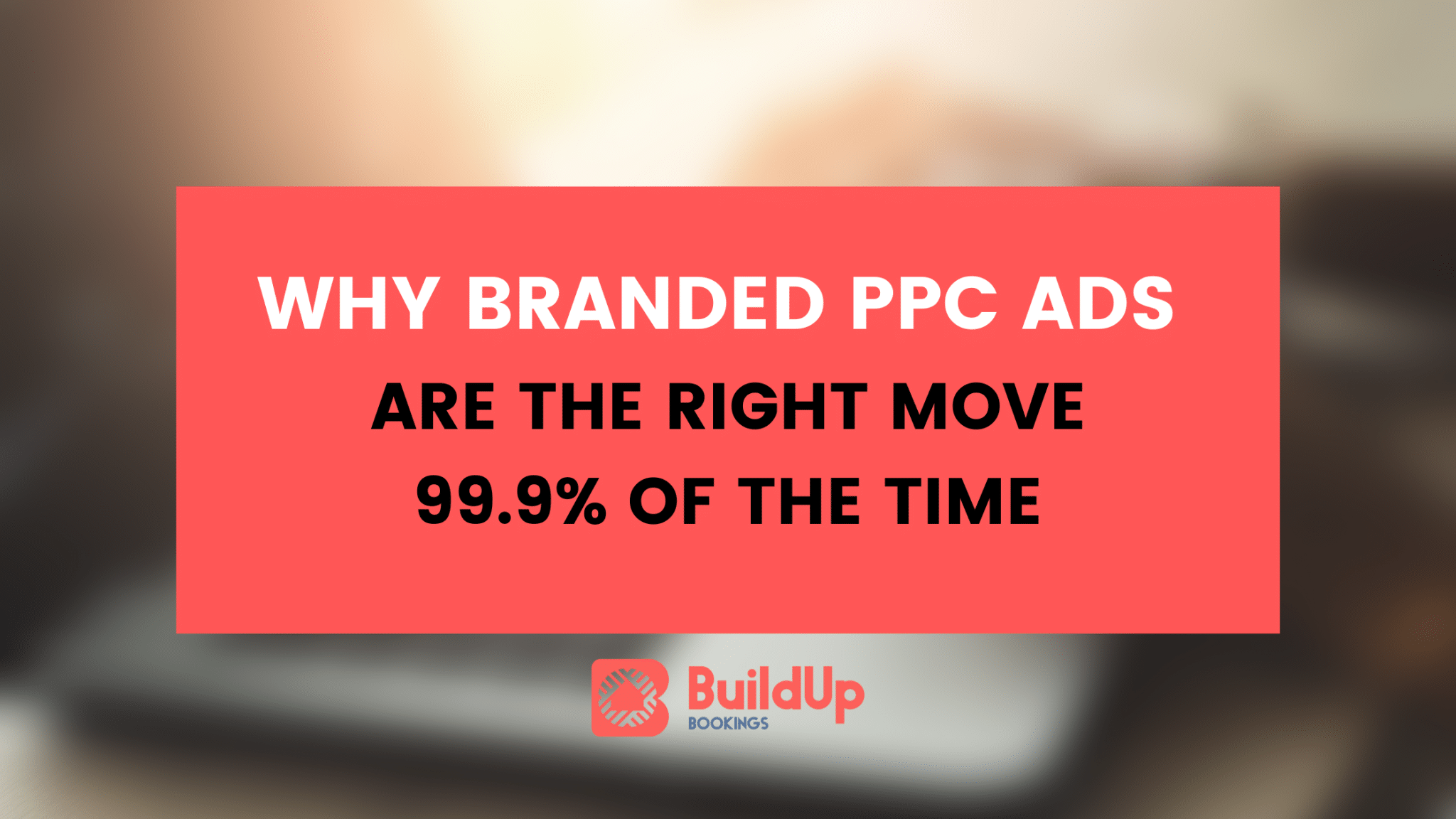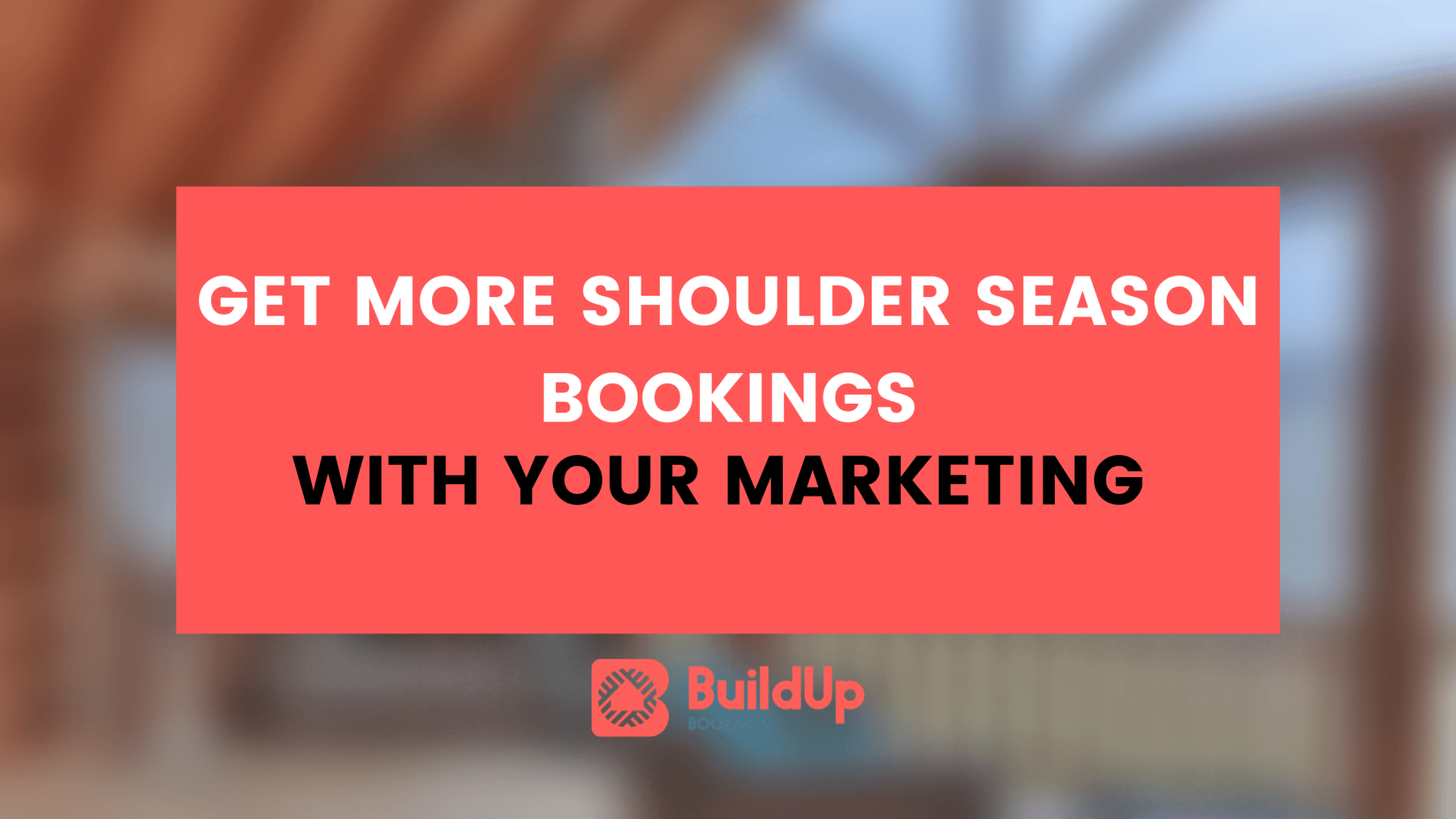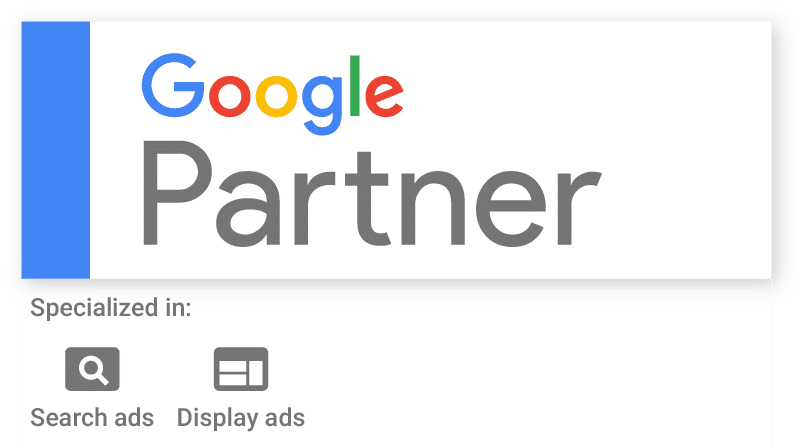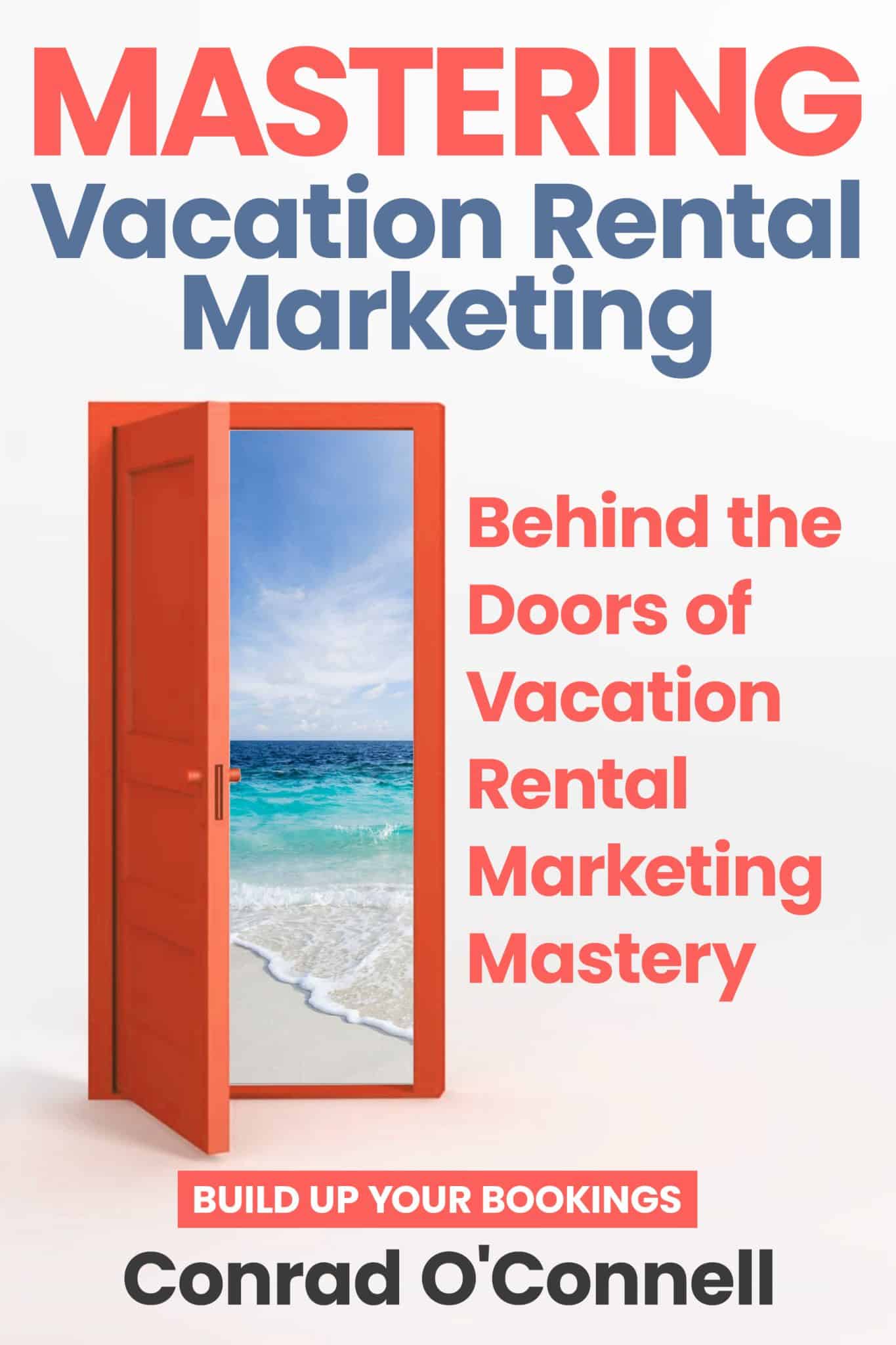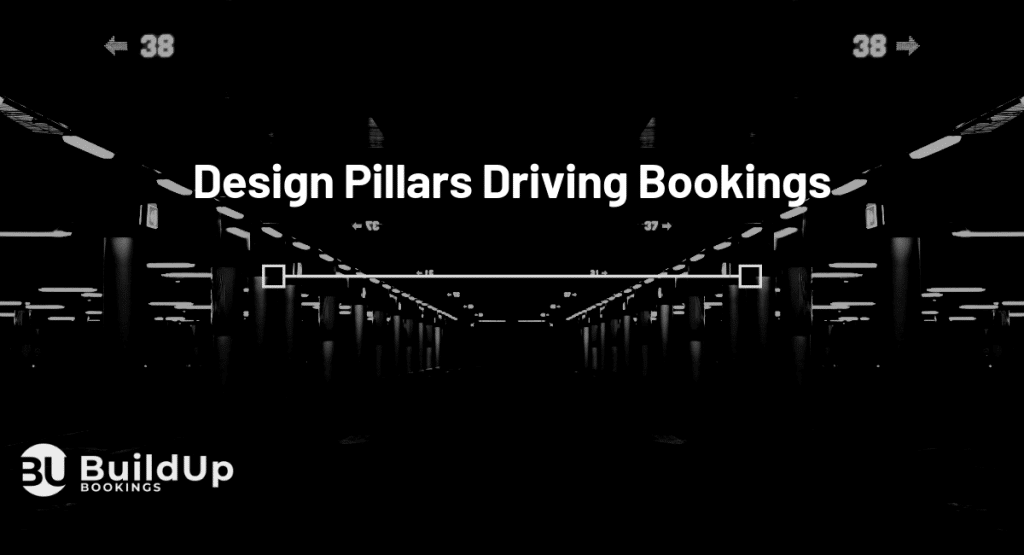
Not a newsflash: It’s very easy to make a website. With inexpensive tools like Squarespace, Wix, WordPress.com and dozens of other platforms, $30 and two hours can net you a fully operating website even if you can’t write a line of code.
This is fantastic for any small accommodations company — a website that used to cost $5,000 and require sending back and forth emails to a web designer to build can be done in a weekend.
However, there’s a massive difference between a website and a website that drives leads and bookings. I’ve viewed hundreds of websites in the last 5 years that were designed with the best intentions to drive bookings, but lacked the detailed execution required to actually drive results. Going from working (by returning a 200 status code) to working (by driving actual bookings) is the goal for many owners and small property managers.
It’s not the tools that are used – I’ve come to learn that highly converting websites aren’t necessarily perfect, don’t always have high budgets to build nor are they designed by award-winning front end CSS experts. It’s about building a platform that build trust, creates desire and is frictionless to drive bookings and leads.
I’ve created the Website Pillars Framework to address the key elements that bond together every successful accommodations website (vacation rental owner, manager, hotel, resort, treehouse, whatever). This isn’t about if you use WordPress or Wix or if you’ve chosen to put your logo on the left or right — it’s much more fundamental than that. Pillars are the underlying foundation of any successful site.
Let’s review each Pillar one-by-one.

Trust
While these are in no order per se, Trust is perhaps the most important Pillar for any site you design or create. Guests are far too savvy to even think about contacting a manager or owner that they don’t trust. Trust comes in many forms. A designer might tell you that eye-pleasing sites can help build trust, a developer may tell you it’s a site that loads quickly without bugs.
They’re both right.
There is no single website design element that we can point out that tips a website visitor into the direction of trust, but there are some common threads that trustworthy sites have.
- The site has been updated recently & that is clear to the potential guest.
- Secure technology is used (HTTPS) to transmit data.
- Identity is clear and easy to figure out.
- Contact information is direct and professional.
- Details are paid attention to: no typos, broken images, outdated copyright notices or dead social media accounts.
Without trust, nothing else you do on your website matters. Those 50 blog posts you spend hours creating? They’ll never be seen. The $1,000 in Facebook Ads you’re buying to drive traffic? Won’t convert.
Trust is the most foundational element of your website design: some of the biggest booking sites today like Expedia, Booking.com, Airbnb & others are banking that most guests don’t trust to book with you. Giving each guest who visits your website a reason and the attention to detail on your site that leads to trust is critical.
Social Proof
If you’ve built enough trust to capture the attention of a website visitor (pro tip: check your time on site in Google Analytics), you’re getting closer to converting them into a lead/booking. After the trust has set in, you’ll need to show that you’re not just trustworthy, but that others trust you too.
Enter Social Proof.
For many of my clients, reviews are often the most common and easy to grasp form of social proof. A prospect might say: “If Mary Jones from Ohio stayed in this vacation rental condo and had a great time, I might too!”. But social proof is all forms of feedback that shows your properties/resort is a good one to stay in.
Many hotels are integrating a feed of their tagged Instagram location into their website and showing real guests having a great time on their property. This type of design element nails down two Pillars: Social Proof & Desire. Not only do I see that many people just like me have booked at this property, I’m seeing what a good time they’re having on vacation!
Others rely on past guest feedback and third party review data (from their listing site reviews or from in-house reviews) to show off Social Proof on their site. That works too! As long as the proof is presented in a legitimate way from real guests, having these elements on your site will help drive a guest to want to book.
Desire
Moving into the next stage is Desire.
Let’s say a guest trusts you, they’re considering staying with you…
Then they’ve been shown through Social Proof that others had a great time too…
Now you’ve got to give them enough reason to act and book: you need Desire.
The great news for any lodging/accommodations marketer is that we have highly desired time for many of our guests: we have the vacation. For many of my clients, their primary guest is one that’s on vacation, taking time with their family away from work and boring responsibility to take a vacation.
Driving Desire for many of us shouldn’t be that hard!
You can show the great restaurants that guests will enjoy, the beaches they can spend their days relaxing on and the amazing things to do in the area. Not only can this be communicated with blog posts, content silos on your site and resource pages, you can show guests why your destination is desirable. They’ll also show an element of trust that means the guest can trust your recommendations and find your website valuable.
Photos and videos can show off all of the amazing reasons that a guest should book and create a need to visit.
Price
We can’t talk about conversion without talking about Price. Fun fact: I’ve never spoken to someone who’s ever told me their rates are too high.
Surely this can’t be true, but I am digging at a deeper point. Guests are going to evaluate all that they’re seeing on your website and eventually compare it in their head based on price. Clearly visible fees and making sure that your rates are set fairly may be one of the most important factors in any site and converting traffic into direct bookings.
At the final step of the process between deciding to book or not, the guest will make their decision largely on price.
Urgency
Just as you’d expect, some of the most common marketing and sales tactics you see (that you may dislike) actually work with a high degree of success.
Prices ending in .99, dogs in TV ads and limited time offers. These tactics are cliché, but cliché can convert.
Urgency is our cliché Pillar that can truly drive bookings. While Urgency can’t be fake or dishonest, legitimate reasons to take action can occur organically on any website.
Creating limited-time sales and promoting them on your website through email marketing special offers or visible site banners can help create deadlines that spur action.
Each year a client of mine runs a Black Friday special with a $399 lower-than-normal deposit. Each year this offer only is active for around 48 hours. Needless to say, those 48 hours are often the highest converting time that we’ll work with each year.
Why?
It’s a hard deadline that spurs action. Wait until Monday afternoon to try to book your vacation rental? No problem, but the normal rate applies.
Creating Urgency is giving a guest a reason to act or they might just miss out… and getting a guest to take action is the key step in growing direct bookings on your own website.
Anti-Friction
The final Pillar is one that’s often overlooked too often – Anti-Friction. Even if every other Pillar is executed to perfection, friction can stop a lead and a booking from happening. What is friction look like for a travel site?
- Checkout pages requiring too many needless fields like fax number & the name of every single guest.
- Contact forms not understanding context (for example, asking a guest what property they’re interested in… while they fill out a form on a property page).
- Difficulty in website clarity like small fonts, hard to ready fine print and overly unclear interaction items like submit buttons.
- Slowly loading websites, creating too long delays to go from page to page.
Just one friction element can kill a guests’ motivation and make them swear they’ll only ever visit a listing site to book again in the future. Anti-friction is designing checkout and contact forms that are clear, easy to understand and make the process easier to complete. It includes clear buttons, simple navigation on checkout pages, using common tracking to understand what page the guest is on and tailoring a website that’s easy to use.
Understanding an leveraging Anti-Friction is the final Pillar to making any website convert successfully.
Driving More Conversions Through Direct Websites
All of these Pillars aren’t CMS or PMS specific. As long as you can make changes to your website, you can participate in getting these Pillars to be stronger tools for conversion. Questions? Get in touch.
